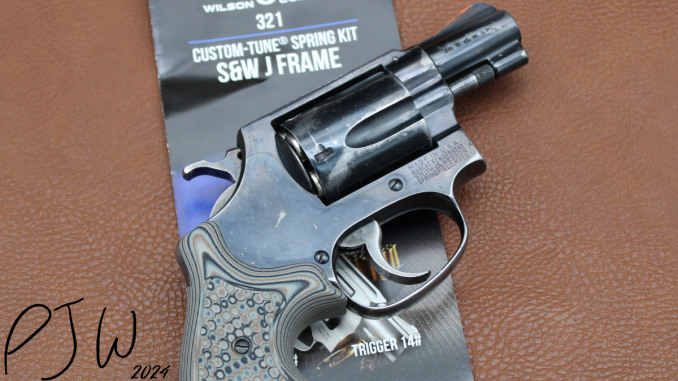
I’ve been shooting a lot of Smith J-Frames over the last two years. I started testing the Smith 442 for my Pocket Pistol Roundup of 2023, and eventually grabbed a second J-Frame, in the form of a Model 36. One constant with the platform is the double action trigger pull. Generally, they are heavy, and have a degree of creep. Now, I appreciate a nice, smooth revolver trigger, so I set out to change my J-Frames to have better triggers. In 2022, I tossed a Wilson Combat J-Frame Spring Kit into my 442, and did the same with my Model 36 in February of this year. How does this kit change the feel of the J-Frame trigger, and is it worth your $9 bucks?
What is the Wilson Combat J-Frame Spring Kit
Well, the official name is the “SPRING KIT, CUSTOM-TUNE, S&W J FRAME, REVOLVER”. Now, that is a mouthful. The kit is rather simple, as it contains four springs. We get an 8lb hammer spring, and a 13lb/14lb/15lb trigger rebound spring. The aim of the kit is to reduce the trigger pull on the gun, while also smoothing out the action.
Now, a light trigger does not make a good trigger, as the qualities of a good trigger are more than just weight. For me, I like a smooth DA trigger, that doesn’t have too much stacking, and isn’t extremely heavy. I don’t mind a slightly heavy trigger, as long as it is smooth. We also need the gun to be reliable, something I’ll touch on more down below.
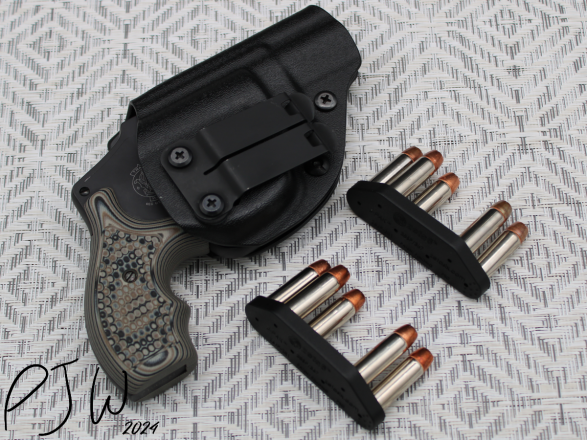
The kit only runs $9, and is entirely drop in. Installation isn’t too hard, and simply requires removing your sideplate, and swapping the springs. I’ve done the swap three times now (once for the 442, and twice while trying different rebound springs in the 36), and each time only took about 20 minutes of effort. There are many videos online on how to swap the J-Frame springs in this kit, and truthfully, it’s not that hard to do. Revolvers can be daunting to work on, but they aren’t that bad.
How did the spring kit impact my J-Frame triggers?
J-Frame Trigger Feel
When I received my new, no-lock 442 in 2022, the DA trigger pull was quite heavy, and had about 4 stages to it. I was never able to measure that pull, as my Timney gauge maxes out at 10.5lbs, but it had to have been closer to 13lbs or 14lbs. With the Wilson kit, (using the 14lb rebound spring), the pull was significantly smoothed out, with the weight coming down to about 10.5lbs. There’s still some stacking at the end of the pull, but it is far and away the best J-Frame trigger that I’ve used.
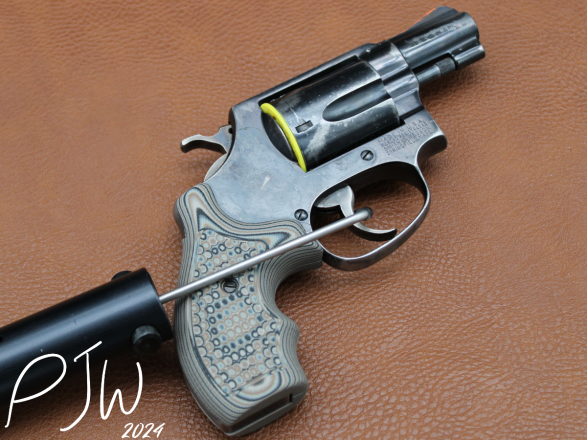
My Model 36 is a slightly different animal. My specific gun is from the late 1950s, and has been carried a lot. When I pulled the sideplate off of the gun, I saw that the guts were all factory. Again, the trigger pull was quite heavy, but closer to 15lbs. It was quite smooth though, something that I attribute to the older production. Swapping to the Wilson Kit, I experimented with the different trigger rebound springs, to make sure that the gun was reliable. After some tinkering, I’ve settled on the 15lb rebound spring, and as such, the trigger pull is about 10.75lbs.
For both guns, the pull weight dropped to a much more usable level, and the trigger pulls smoothed out too. On top of that, the rebound of the trigger felt more positive, pushing your finger off of it when slightly letting it out. Needless to say, but I’m quite happy with the results.
While the trigger feel got better, I had to do some reliability testing. How did the spring kit impact that?
Rally Round the Family (With a Pocket Full of Shells)
To cut to the chase, the 442 was 100% reliable after the spring swap. I’ve never had a failure to detonate a primer in that gun, and I’ve used the WC spring kit since before I fired the first round out of it. Easy recommend for the 442/642.
My old Model 36 is a different story. That gun had failures to detonate with Fiocchi and Winchester ammo using the 14lb & 15lb rebound springs. Now, those two brands are well known for hard primers, so I was not shocked. When trying that ammo in my totally stock Model 15, that gun also had issues with those brands. With the 15lb rebound spring, the Model 15 is about 90% reliable with Fiocchi and Winchester. However, it has been 100% with Federal, Federal American Eagle, and Speer Gold Dot. These are the ammos that I mostly shoot (for a myriad of reasons), so I’m happy with the results.
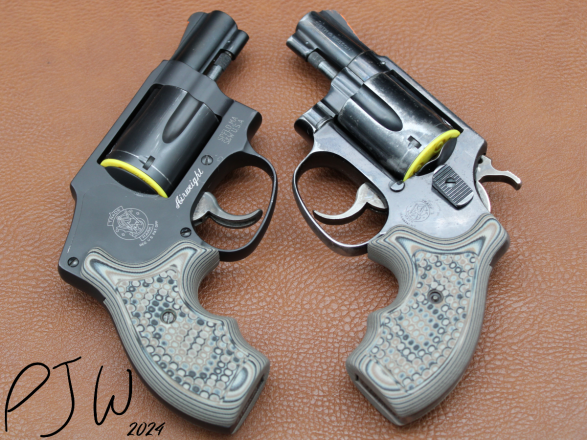
So why the issues between the two guns? Well, I think that the transfer bar firing pin in the 442 just gives a strong tap on a primer, rather than the firing pin on the hammer for the M36. I can’t really quantify this, but considering that the Fiocchi shoots fine in my 442, but gave issues to both of my exposed firing pin guns, I think it may play a part. Regardless, It’s a non-issue for me, as I stock Federal-umbrella company ammo anyway.
The Verdict
I think that the Wilson Spring Kit is something that you should probably think about if you own a J-Frame. Part of the difficulty of getting good with the DA revolver is overcoming the trigger, and not developing poor habits due to that trigger. This kit allows you to make it a little easier to get good with the J-Frame, and I dig that. Now, you’ve gotta make sure that you don’t compromise reliability, but that’s fairly easy to test. When it comes to dollar-to-gain ratio, I think you get a massive benefit for those $9 dollars.
Further Reading, & Patreon Link
If you’ve got a J-Frame, maybe you’d be interested in some reviews of other small CCW guns.
- Glock 48 Review – A Pint Sized Glock 19 [2024]
- Ruger Lite Rack LCP 22 Review – A Good LCP [2023]
- Ruger LCR 22 Review – Sub Caliber Supremacy [2023]
If you’d like to support me on Patreon, I’ve got the link for that here. Nearly everything that I do on Primer Peak is paid for out of my own pocket, and my content is not shilled or driven by manufacturers or companies. If you decide to donate, I’d really appreciate it, as it would allow for me to continue to bring you quality work.



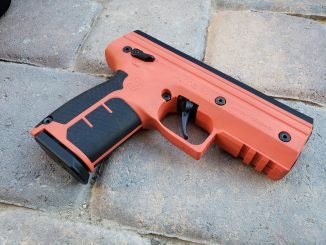
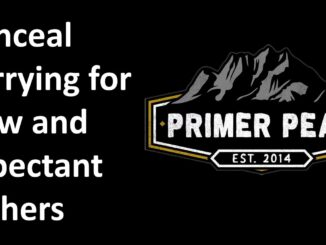
1 Trackback / Pingback